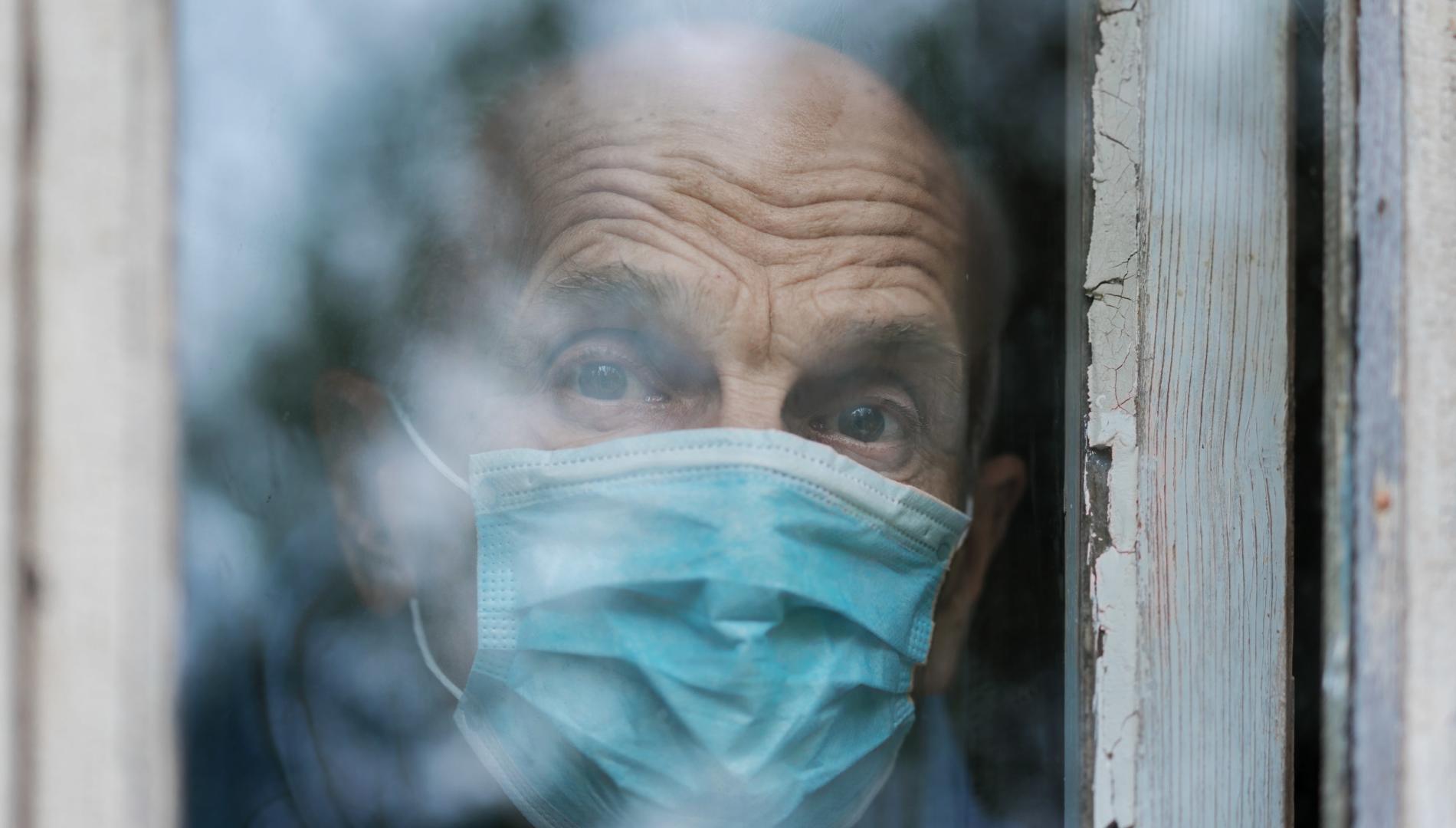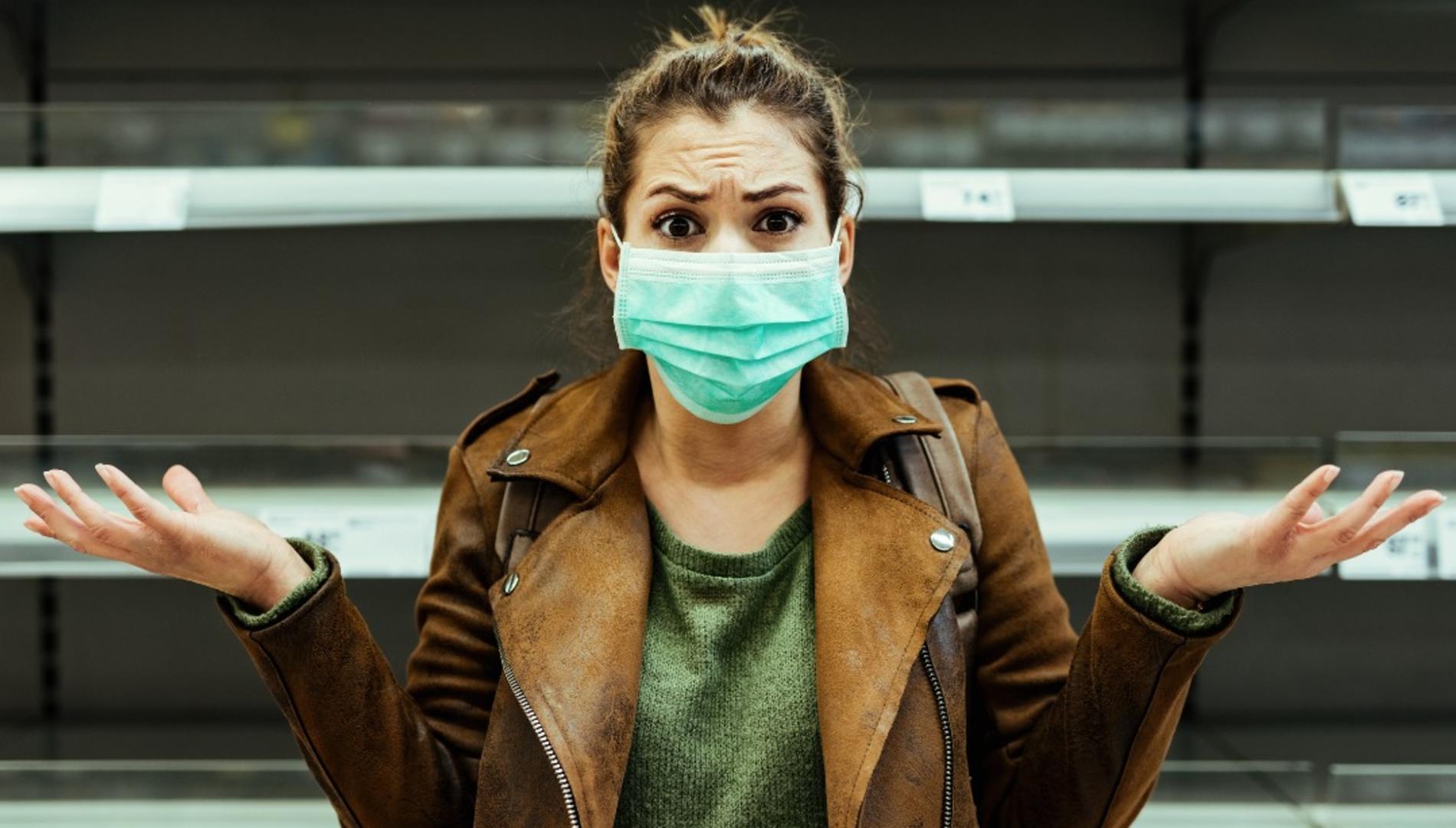The new BF.7 COVID-19 strain is driving the current surge of infections in China, following the country’s recent relaxation of its zero COVID policy.
It is an Omicron sub-variant known to science as BA.5.2.1.7. SARS-CoV-2. It has also been detected in Malaysia, with three cases as of 31 December 2022, the United States, Denmark, Germany, France and India.
The global response to the outbreak has been swift, with many countries, including Australia, now requiring mandatory negative COVID tests from travellers from China.
According to the latest data, BF.7 is quicker to transmit than other variants. It has a shorter incubation period with a greater capacity to infect people who have previously been infected with COVID-19 or even vaccinated.
BF.7 is believed to have an R0 (basic reproduction rate) of 10 to 18.6. This means an infected person will transmit the virus to an average of 10 to 18.6 other people.
Research shows Omicron has an average R0 of 5.08. This sub-lineage of Omicron has more mutations in its spike protein than its parent, making it even more lethal for those fully vaccinated against the virus infection.
Despite BF.7's immune-evasive characteristics and the worrying signs about its growth in China, the variant seems to remain fairly steady elsewhere. For example, in the US, it was estimated to account for 5.7% of infections up to 10 December 2022, down from 6.6% the week prior. The Chinese situation and BF.7’s high reproduction rate might be partly due to a low level of immunity in China from the previous infection and possibly vaccination.
Specifically, China is now experiencing the typical Omicron surge that other countries already witnessed, just like in Hong Kong when it relaxed its restrictions.

The strict lockdowns in China meant that many of the population did not get the infection. China has been struggling with a rush of cases after moving away from its so-called zero-COVID-19 approach, which mandated strict lockdowns, quarantining and closed borders. The country is now trying to ramp up vaccinations for its vulnerable elderly population as the case surge strains healthcare systems.
BF.7 symptoms include fever, sore throat, runny nose, fatigue, vomiting, and diarrhoea.
We have seen that a natural infection provides a wider and longer immunity against COVID-19. Countries that did not practice zero-COVID policy were relatively steady regarding the number of COVID-19 cases.
What we also know by now is that SARS-CoV-2 has become a virus similar to the flu and is here to stay. Recent data has shown that the SARS Co-2, the Omicron variant in particular, is mutating rapidly to remain relevant.
Updated vaccines are in the pipeline, including intranasal vaccines. This could trigger a more potent mucosal immunity, which can protect us better.
Apart from that, Pfizer-BioNTech's new bivalent COVID-19 vaccine, an updated version of the original vaccine that targets both the original SARS-CoV-2 strain and the Omicron BA.4 and BA.5 variants, may offer some level of protection against the newer variants.
Read more Everyday COVID decisions – it’s not (just) about yourself
As predicted, we must continue to live with the virus with modifications to our daily lifestyle by adhering to all safety measures and standard operating procedures that we had previously.
Wearing a face mask is still necessary, especially in crowded areas. Avoid crowded areas with no ventilation, and adhere to proper hand hygiene and coughing etiquette. Get booster shots for those who are eligible (more than six months from the previous booster), especially for vulnerable populations (the elderly and people with metabolic diseases).
We don’t need knee-jerk reactions. The public should take safety into their own hands, especially if they have a vulnerable person or people at home.





